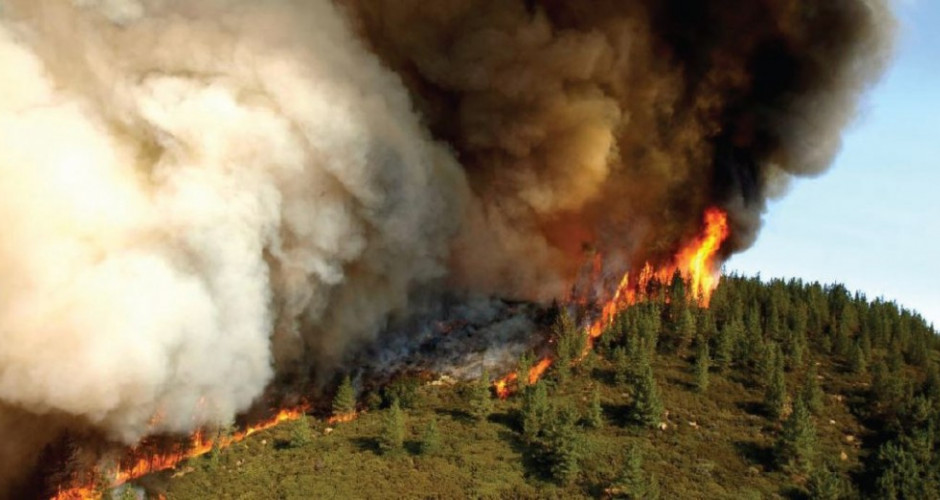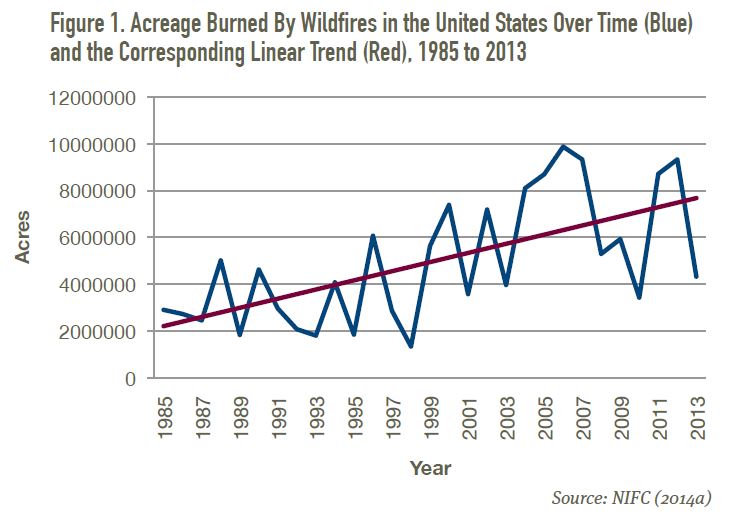(This post originally appeared on EDF Voices)
My forecast had been for a Climate Week “on steroids” and that’s exactly what we got.

Image source: Jane Kratochvil
We saw the largest climate rally in history draw 400,000 people – up from the 250,000 we had initially hoped for – and then the United Nations Climate Summit, where 125 heads of state joined business and civic leaders to discuss ways to curb greenhouse gas emissions.
Another highlight for the week was the growing momentum for putting a price on carbon. More than 1,000 businesses and investors, nearly 100 national, state, province and city governments, and more than 30 non-profit organizations called for expanding emissions trading and other policies that create market incentives for cutting pollution.
Could it be that we’re finally reaching the point of meaningful action on climate change? To find out, I asked colleagues at Environmental Defense Fund who participated in the Climate Summit for their key take-aways from the week.
Here’s their report:
1. PEOPLE’S CLIMATE MARCH
Eric Pooley, Sr. Vice President, Strategy and Communications: This march shot down, once and for all, the old canard that Americans “don’t care” about climate change. And it reminded me what an extremely big tent the coalition for climate action really is — with plenty of room for groups with vastly different views.
More than 1,000 EDF members and staff, plus 300 members of the Moms Clean Air Force, were proud to be marching alongside all kinds of people from all kinds of groups from all over the country. To win on climate, we need a strong outside game and a strong inside game. EDF is helping to build both.
2. METHANE EMISSIONS RISE TO THE TOP
Mark Brownstein, Associate Vice President, U.S. Climate and Energy: Methane is becoming a top priority in the fight against climate change. Last week, EDF helped to launch the Climate and Clean Air Coalition’s Oil & Gas Methane Partnership, which creates a framework for oil and gas companies to measure and reduce methane emissions and report their progress.
At the summit, I watched the chief executive of Saudi Aramco, the world’s biggest oil company, turn to Fred Krupp to say that his company was interested in joining the six companies that already agreed to sign on. While the ultimate test of the partnership will be the reductions that it achieves, it has gotten off to a promising start.
3. COMMON GROUND ON FORESTS
Stephan Schwartzman, Senior Director, Tropical Forest Policy: One of the high points of the week, no doubt, came when 35 national and state governments, more than 60 non-profits and indigenous organizations, and 34 major corporations pledged to halve deforestation by 2020 – and to completely end the clearing of natural forests by 2030. EDF was proud to be part of the coalition that put the New York Declaration on Forests together.
4. INDIGENOUS PEOPLES GOT THE RECOGNITION THEY DESERVE
Christopher Meyer, Amazon Basin Outreach Manager: Indigenous groups from the major rain forest basins pledged to continue to conserve 400 million hectares under their control. Those 400 million hectares are important for cultural and biodiversity purposes globally, but they also hold an estimated 71 gigatons of carbon dioxide, equivalent to 11 years of emissions from the United States.
I was honored to accompany Edwin Vasquez Campos of the Coordinator of the Indigenous Organizations of the Amazon River Basin, and to watch him deliver a stirring speech to a room that included the leaders of Norway and Indonesia. It was the first time an indigenous leader was given such an opportunity at the U.N.
5. US-CHINA LEADERSHIP ON CLIMATE?
Fred Krupp, EDF President: On September 23, EDF hosted a meeting with Chinese government officials, who reiterated their plans for a national carbon market in China, and said they’re interested in working with the United States to combat climate change. Later that day, I heard President Obama speak at the United Nations General Assembly.
I was encouraged and inspired to hear him say that the U.S. and China, “as the two largest economies and emitters in the world … have a special responsibility to lead.”
6. CLIMATE-SMART AGRICULTURE – NO LONGER JUST A CATCH PHRASE
Richie Ahuja, Regional Director, Asia: After a three-year global effort involving a large number of diverse stakeholders, we finally launched the Global Alliance for Climate-Smart Agriculture. Its purpose: To help the world figure out how to feed a growing population on a warming planet.
The alliance will use the latest technology and draw on the experience of farmers to improve livelihoods and build resilience – while at the same time cutting greenhouse gas emissions and other environmental impacts. This is climate action that truly counts.
7. CORPORATIONS ARE ON BOARD
Ruben Lubowski, Chief Natural Resource Economist: One thing that made the Climate Summit unique was that it included corporate leaders, not just heads of state. In addition to signing the New York Declaration on Forests, chief executives of major global companies that buy and trade palm oil and other tropical commodities that drive deforestation – companies like Cargill, Unilever, and Wilmar – spoke strongly about their plans to change sourcing practices.
Already, companies accounting for about 60 percent of the world’s palm oil trade have made commitments to eliminate deforestation from their products.
8. CALIFORNIA DOES IT AGAIN
Derek Walker, Associate Vice President, U.S. Climate and Energy: California has served as a proving ground for climate change policies that can be adapted by other jurisdictions, whether in the U.S. and abroad – and there’s more to come. My highlight for the week: when Gov. Jerry Brown said that California will set a post-2020 emissions limit and ratchet up its 33-percent renewable standard – already the nation’s top target.
California Air Resources Board Chair Mary Nichols also told us that the state is preparing to develop rules on how to incorporate forest carbon credits into its carbon market – a key step toward reducing deforestation.












 U.S. Forest Service photo by John Newman
U.S. Forest Service photo by John Newman